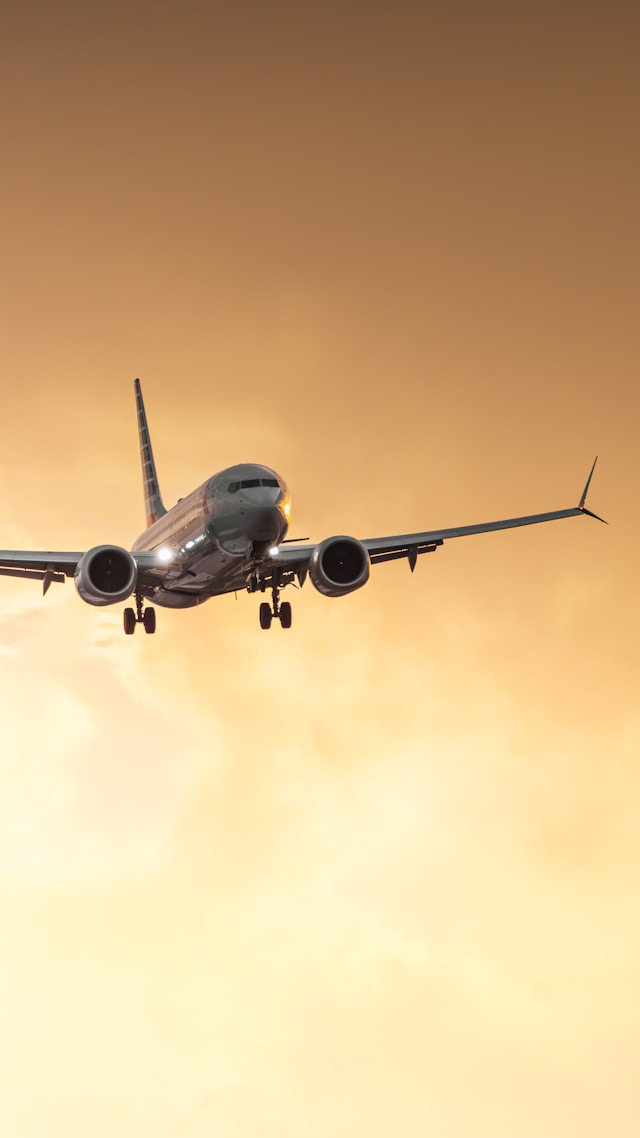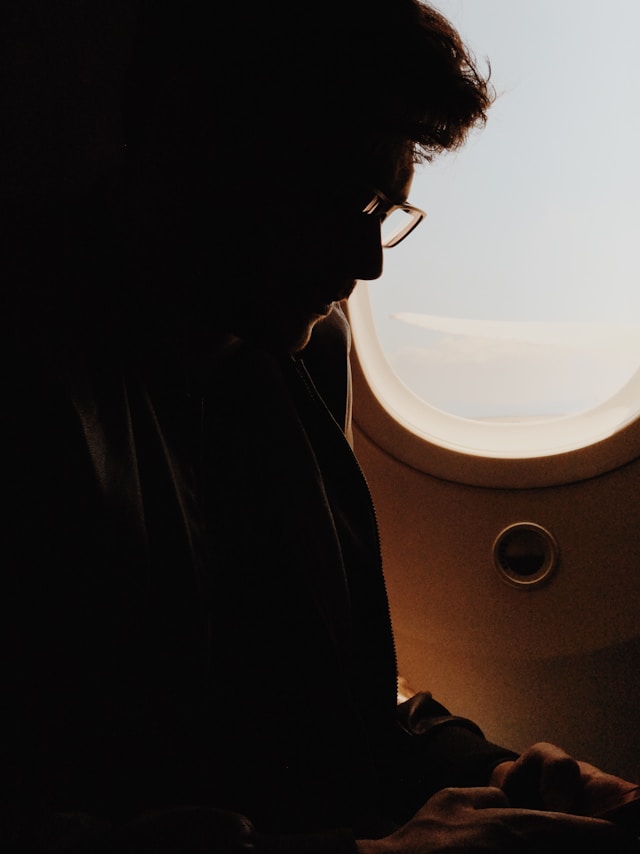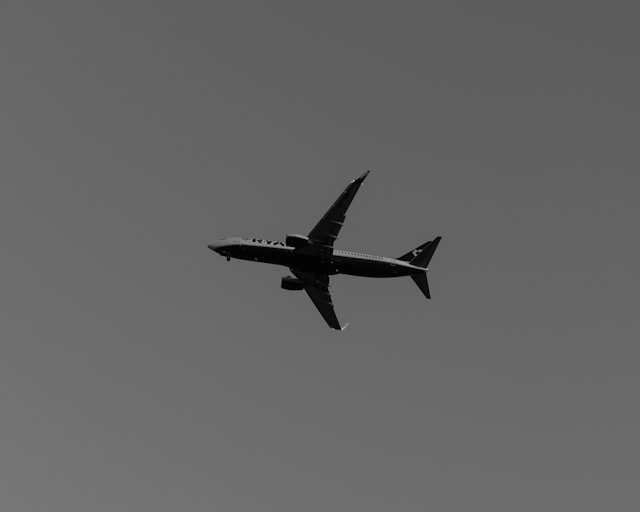Becoming a pilot in the United States can be a challenging process, especially for Indian students. However, with the right guidance and preparation, you can navigate the journey smoothly. This guide will walk you through the necessary steps and offer tips to help you succeed.
Why Should I Get an FAA License?
Obtaining a pilot’s license from the FAA (Federal Aviation Administration) offers several benefits:
- International Recognition: An FAA license is globally recognized.
- Quality Training: The US offers some of the best flight training programs.
- Job Opportunities: Many airlines and aviation companies prefer pilots with an FAA license.
Requirements and Conditions
Age
- You need to be at least 17 years old to obtain a Private Pilot License (PPL).
Language Skills
- You must be able to read, write, speak, and understand English proficiently.
Medical Certificate
- You must pass a medical examination conducted by an FAA-authorized aviation medical examiner.
Visa Requirements
As an Indian student, you will need a visa to study or train in the US:
M-1 Visa (Vocational Student Visa)
- Most flight schools require this visa for vocational training programs.
F-1 Visa (Academic Student Visa)
- Some schools offering degree programs may require an F-1 visa.
Steps for Applying:
- Acceptance Letter: Gain admission to an FAA-approved flight school.
- I-20 Form: The school will provide you with this form, necessary for your visa application.
- Visa Interview: Schedule an interview at the US embassy or consulate.
TSA Approval
The Transportation Security Administration (TSA) must approve foreign students before starting training:
Register with the TSA
- Create an account on the TSA’s Alien Flight Student Program (AFSP) website.
Submit Documents
- Provide copies of your passport, visa, and other identification.
Pay the Fee
- Pay the TSA’s security threat assessment fee.
Fingerprinting
- Follow TSA instructions for fingerprinting.
Approval
- Wait for TSA approval before beginning your training.
How to Pick the Best Flight School
Choosing the right flight school is crucial. Consider the following factors:
Location
- Climate: Choose a location with favorable weather for flying, such as Florida or California.
- Environment: Decide if you prefer a bustling city or a quieter town.
Reputation
- Research: Read reviews and speak with current or former students.
- Pass Rate: Check the school’s FAA exam pass rates.
Instructors
- Experience: Ensure the instructors are experienced and approachable.
- Support: Good instructors will offer extensive support to aid your learning.
Facilities and Aircraft
- Condition: Verify that the facilities are modern and the aircraft are well-maintained.
- Variety: A diverse fleet of aircraft can enhance your training experience.
Preparing for Training
Preparation is key to successful training:
Study Materials
- Textbooks and Guides: Obtain recommended textbooks and study guides.
- Online Resources: Utilize online tools and forums for additional learning.
Health and Fitness
- Medical Exam: Schedule and pass your FAA medical examination.
- Fitness: Maintain good physical health to manage the demands of flying.
Financial Planning
- Budget: Plan for tuition, accommodation, and living expenses.
- Scholarships and Loans: Explore options for financial aid.
Accommodation
- Housing: Arrange your accommodation before arrival. Some schools offer student housing.
Beginning Your Training
When you start your training, expect the following:
Ground School
- Theory: Learn the theoretical aspects of flying, including weather, navigation, and aerodynamics.
- Exams: Prepare for written exams on these topics.
Flight Training
- Dual Instruction: Begin flying with an instructor to learn basic maneuvers.
- Solo Flights: Gain confidence and skills by flying solo after sufficient practice.
- Cross-Country Flights: Learn to plan and execute longer flights to different airports.
- Night Flying: Understand the challenges and requirements of night flying.
The Written Test
- Study: Use your ground school knowledge to prepare for the FAA written test.
- Practice Exams: Take practice tests to familiarize yourself with the format and types of questions.
The Checkride
- Oral Exam: Discuss your knowledge with the examiner.
- Practical Flight Test: Demonstrate your flying skills through maneuvers and emergency procedures.
Tips for Success
Stay Consistent
- Regular Training: Fly frequently to keep your skills sharp.
- Study Routine: Maintain a consistent study schedule to stay on top of your coursework.
Seek Help
- Instructors: Don’t hesitate to ask your instructors for clarification or additional help.
- Peers: Discussing topics with fellow students can enhance your understanding.
Stay Motivated
- Set Goals: Create short-term and long-term goals for your training.
- Enjoy the Process: Remember that flying is an exciting journey. Enjoy every moment.
Manage Finances
- Track Expenses: Keep a record of your spending to stick to your budget.
- Seek Financial Aid: Inquire about scholarships or financial assistance if needed.
Conclusion
While obtaining an FAA license as an Indian student may seem daunting, it is achievable with preparation and the right mindset. By following these steps and tips, you’ll be well on your way to becoming a skilled pilot. Remember, you can achieve anything—happy flying!



